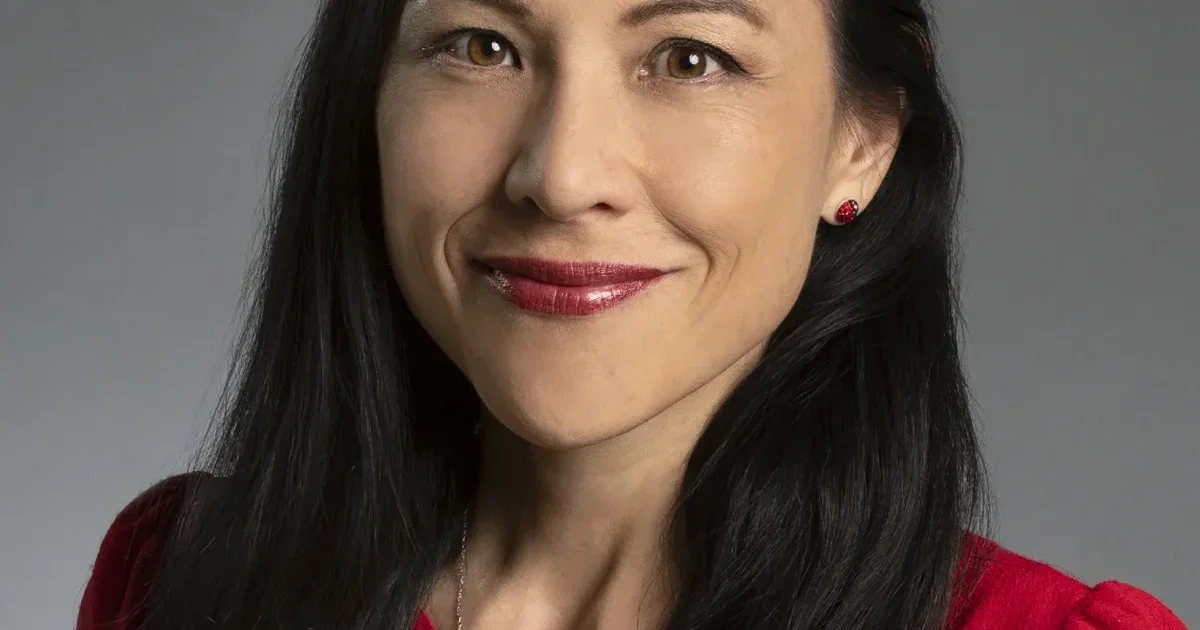What does AI in the classroom look like? Ask Margaret Sass – Boise State University

Since generative AI tools like ChatGPT and Google Gemini emerged on the scene in 2022 and 2023, School for the Digital Future Lecturer Margaret Sass has been quick to adopt them as powerful learning aids in the classroom.
“I think I needed to understand what the panic was and then I realized how useful it is,” Sass said, recalling her first experiences with generative AI.
Mixing AI and education is a controversial topic, but Sass is not encouraging students to shirk their assignments or let computers think for them. Instead, she has found ways to use AI to support career-forward learning objectives.
Sass’s AI avatars, deployed in her TEAM303 Teamwork in the Digital Age class, are a prime example of her innovative approach. “I created 12 AI avatars. Basically employees at a fictitious company,” she said. “The students pick them to be on their team and they work on assignments together.”
The 12 avatars embody different workplace personalities. You have the charismatic communicator, who inspires others but can gloss over details; the visionary designer who can think creatively about problems, but hates structure and deadlines; and more, covering the full range of people students might work with in their careers.
Sass prompted each avatar personally, a more demanding task than it seems. “The problem is ChatGPT and Gemini are typically nice, but we know coworkers sometimes create conflict,” she said. “‘Ted’ will not agree with anything you say and he refuses to do anything, but for ChatGPT to do that I have to design the script.”
Another class uses student AI creations to simulate interactions with fictional community partners. Those have been a hit.
“The students are really happy about communicating with a fictitious community partner before they go out into the real world,” Sass said. “A lot of them have not gone knocking door to door. That doesn’t happen anymore like it did in my era, so going out there and talking to someone feels uncomfortable.”
It’s not just college students who benefit from Sass’s AI expertise. She’s also created a suite of courses teaching AI skills to senior citizens.
“Senior citizens actually use AI more than I thought,” she said. “I would say about 50% [of the senior students 60+] in the classes I teach face-to-face use it.”
While Sass’s Boise State students learn professional skills with AI, her senior classes focus on the positive impact AI has on their lives and some safety tips. One of her courses covers AI scams, which use generative AI tools to make existing phone and email scams even more dangerous. Awareness gained from the course helps seniors avoid AI-related threats, so they can get the full benefit of these tools.
Sass is a champion for AI in education, but she’s well aware of the pitfalls surrounding its use. The right approach to the future of AI, according to Sass, is to balance ethical concerns with the inevitable reality. “AI is not going anywhere. [Students] will go to their jobs and they’ll be required to use it, so I want to teach them the ethical aspects of it.”
© 2025 All Rights Reserved Boise State University.